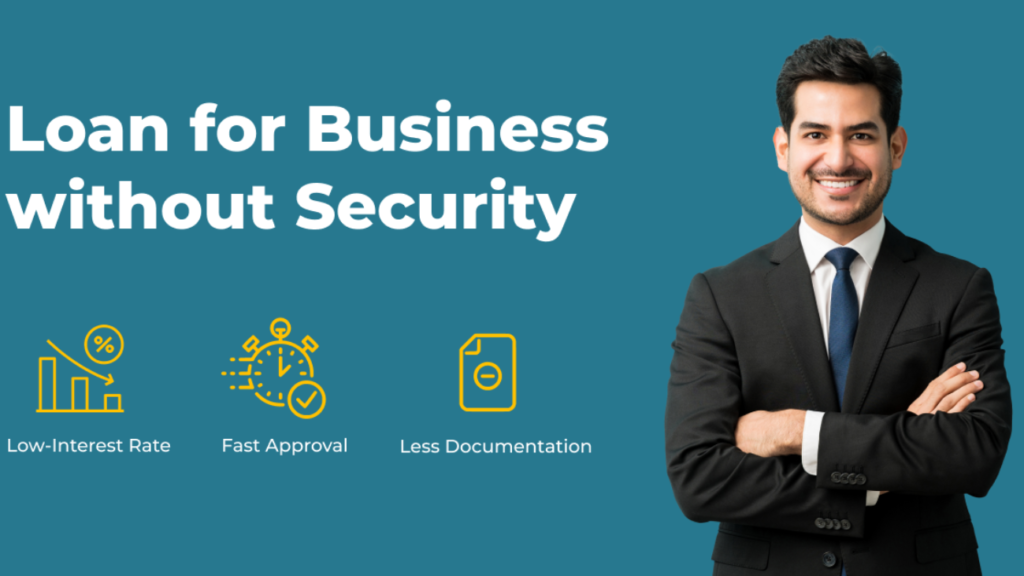Why Multi-Chain Yield Farming Feels Like the Wild West (and How to Navigate It)
Yield farming, huh? It’s like the crypto version of prospecting back in the Gold Rush days—except now, instead of pickaxes, we’re juggling smart contracts and liquidity pools across multiple blockchains. At first glance, it seems like a straightforward way to earn staking rewards, but wow, it can get really tangled. Seriously, I remember diving headfirst into a few platforms just to realize later that some chains don’t play nice together. My instinct told me something felt off about that initial rush of rewards; turns out, not all that glitters is gold—or even stable. Here’s the thing. Multi-chain support is the name of the game these days. Projects that offer cross-chain capabilities promise more opportunities to maximize returns. But navigating this multi-chain maze isn’t as easy as switching tabs. The technical overhead, security considerations, and sheer complexity can overwhelm even seasoned DeFi users. So, how do you decide where to stake your tokens without getting lost or, worse, exploited? Initially, I thought all multi-chain wallets were created equal, but then I realized that many lack the robust security layers needed for true DeFi safety. For example, a wallet that supports Ethereum and Binance Smart Chain is great, but once you throw in chains like Solana or Avalanche, things get trickier. Not all chains are equally battle-tested, and some have vulnerabilities that make me hesitate. Okay, so check this out—if you’re like me, a mobile user constantly on the go, finding a trustworthy wallet that seamlessly supports multiple chains is very very important. One of my go-to solutions has been trust. It’s been solid for managing assets across several chains without constantly switching apps or risking your keys. But I’m biased, of course—I’ve been using it for a while, and it just clicks with how I operate. The interface is intuitive, and the security features feel tight enough for daily DeFi adventures. Still, no wallet is perfect, and I always recommend doing your own research before locking in your funds. Whoa! You might be wondering about yield farming rewards—how sustainable are they? Well, that’s a rabbit hole all on its own. On one hand, staking rewards can be lucrative, especially when farms offer double or triple incentives across chains. Though actually, the catch is often that high rewards come with elevated risk. Impermanent loss, smart contract bugs, and fluctuating tokenomics can wipe out your gains pretty fast. So, it’s not just about hopping on the highest APY; you have to understand where those numbers come from and what they really mean for your portfolio. One time, I jumped into a popular BSC farm because the returns were insane. Turns out, the project had a hidden vulnerability that got exploited shortly after. It was a harsh wake-up call—high rewards can sometimes be a siren song leading you straight into trouble. This is why multi-chain support isn’t just a fancy feature; it’s a fundamental piece of a broader risk management puzzle. You want a wallet and platform combo that not only supports multiple chains but also vets the farms and pools it connects to. Now, diving deeper—staking rewards aren’t always straightforward. Some protocols auto-compound your gains, while others require manual claiming, which can lead to missed opportunities or inflated gas fees. And speaking of gas fees, oh, and by the way, they vary wildly across chains. Ethereum’s fees can be brutal, pushing users towards alternatives like Polygon or Binance Smart Chain. But this fragmentation adds layers of complexity when you’re juggling multiple chains in one wallet. Seriously, sometimes it feels like you need a PhD in blockchain just to keep track of your positions. That’s why wallets with built-in analytics and portfolio tracking across chains are game-changers. They let you see everything in one place without hopping between apps or manually adding up your stake values. trust is one that does a decent job here, balancing user-friendly design with multi-chain depth. Hmm… I can’t help but wonder, though, how yield farming will evolve as DeFi matures. Will multi-chain interoperability improve, or will fragmentation deepen? For now, the best approach seems to be cautious experimentation paired with wallets that prioritize security and usability. Don’t just chase the biggest returns; think about your long-term strategy and how your chosen wallet handles risks across chains. Check this out—imagine a day when you can seamlessly stake across Ethereum, Binance Smart Chain, Solana, and others, all from your phone, with instant access to rewards and minimal fees. That’s the dream, right? We’re not quite there yet, but tools like trust are paving the way. They’re bridging the gap between accessibility and security, making it easier for mobile users like us to dive into multi-chain DeFi without losing our shirts. So, what bugs me about the current state is that while multi-chain wallets offer unprecedented opportunities, they also demand a level of vigilance and understanding that many casual users might not have. It’s a bit like riding a wild stallion—you get incredible speed and freedom but risk falling off hard if you’re not ready. And honestly, the hype around yield farming sometimes overshadows the need for solid security practices and careful selection of platforms. To wrap it (though I hate neat endings), I’d say multi-chain yield farming is a thrilling frontier filled with promise and pitfalls. Mobile users need wallets that combine ease, security, and genuine multi-chain support. If you’re curious or already dabbling, take your time, stay informed, and lean on trusted tools like trust to help you navigate this fast-moving landscape. It’s a wild ride, but with the right gear, it can be very rewarding.



